1/10 Bodiam Castle

Kids run free
Bodiam Castle looks like a child’s drawing of a castle, with its surrounding moat, towers at each corner, and entry through a wooden portcullis in the centre, which you reach by crossing a bridge over the moat. You can climb steep spiral staircases and peer out through arrow holes, and get up onto the battlements for superb views, or to shoot enemy parents below. There are large grounds to run around in and food is available from the National Trust café or the pub opposite.
2/10 Richborough Roman Fort
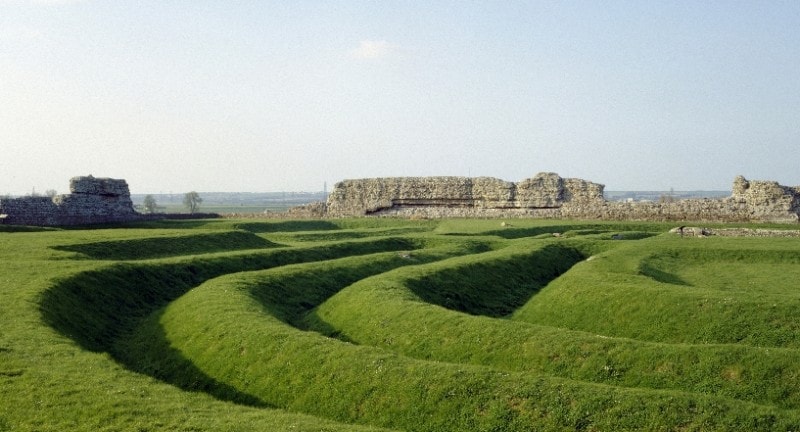
Look out for Romans
Invading Romans first came ashore at Richborough Roman Fort, and you can arrive by boat in the same way they did from Sandwich. Parts of the triumphal arch built by the Romans to celebrate their arrival in AD43 still remain. There are also the triple ditches dug by legionnaires as a first defence against attackers in the mid-3rd century and the remains of the thick fort walls to clamber on or play hide-and-seek among. Information boards are dotted around to help children gen up on Roman history.
Picture by English Heritage
3/10 Battle Abbey
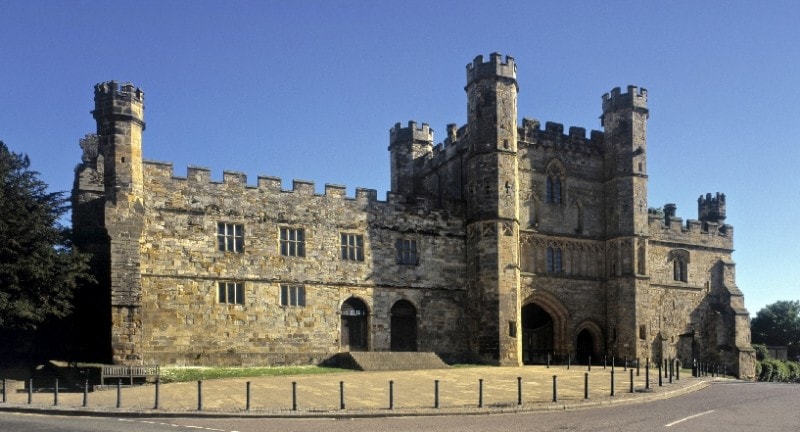
The Battle of 1066
King Harold fell on this spot to Norman conquerors in 1066 and it’s vividly illustrated in an audio guide to the battlefield, narrated by historian David Starkey. You’ll stand on the exact spot where the arriving Normans looked down on the English wall of shields; here you and the kids can imagine the battles. The Abbey buildings include a Great Gatehouse and Hall to explore, and there’s an indoor interactive discovery centre if the weather doesn’t meet expectations.
Picture by ©Rex Butcher/AWL/Corbis
4/10 Deal Castle

Fire Cannonballs
Designed in the shape of a Tudor rose, you can play at firing cannonballs out to sea or into town from the rooftop ‘petals’. Rounded bastions were the latest thing in Tudor times to defend against cannonballs and were built on the orders of Henry VIII, who feared the arrival of European Catholics on our shores. When you’ve tired of exploring the battlements and dark passages at Deal Castle, you can round off the day with time on the beach at Deal and fish and chips on the pier.
Picture by English Heritage
5/10 Newhaven Fort
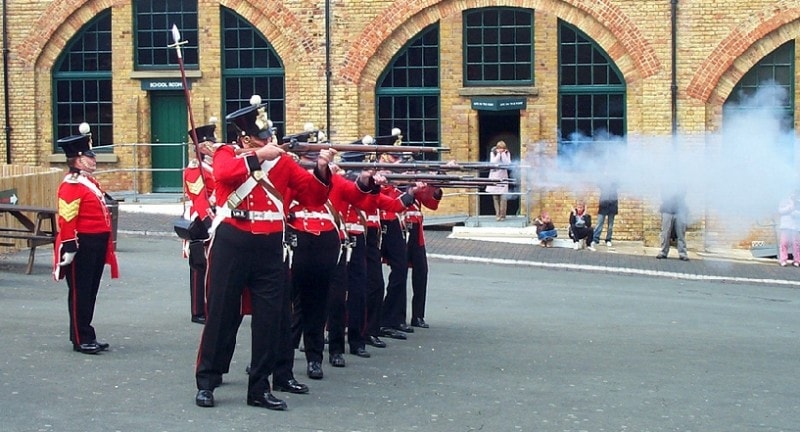
A WW2 Experience
A claxon sounding at Newhaven Fort means you must make a dash for the air raid shelter. It’s all part of a recreation of the heyday of this Victorian fort during the two World Wars. Feel the simulated effects of a blitzed house; push a button to hear the noise of a deadly Doodlebug and see a full-size operations room with plotting tables to track the movement of enemy aircraft. There’s a deep underground bunker with tunnels to explore, ramparts to climb and an adventure playground.
6/10 Pevensey Castle
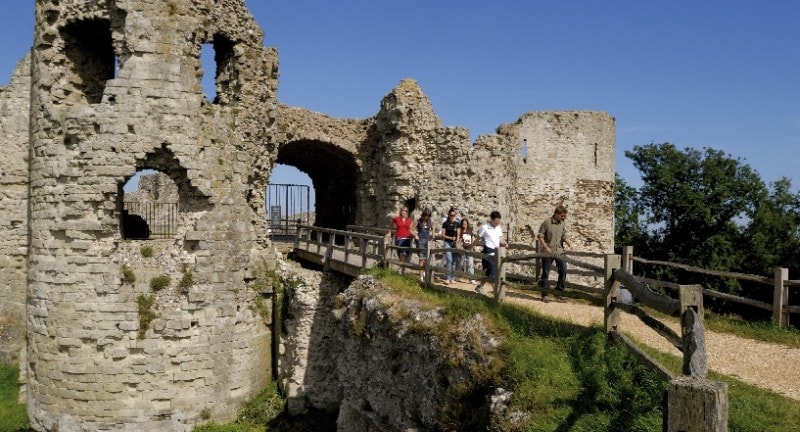
Ghostbusters!
Junior ghostbusters can go on the hunt for the resident ‘Pale Lady of Pevensey’ at Pevensey Castle. There are also dungeons to explore, ramparts to climb and the remains of the keep, gatehouse, and bailey wall. Separate children’s and adult’s audio guides tell the long history. It’s famous as the landing point for William the Conqueror in 1066, when he mistook it for Hastings. But it started life as a Roman fort in the 4th century, and was still defending the realm in the Second World War.
Picture by Peter Richardson/English Heritage
7/10 Portchester Castle
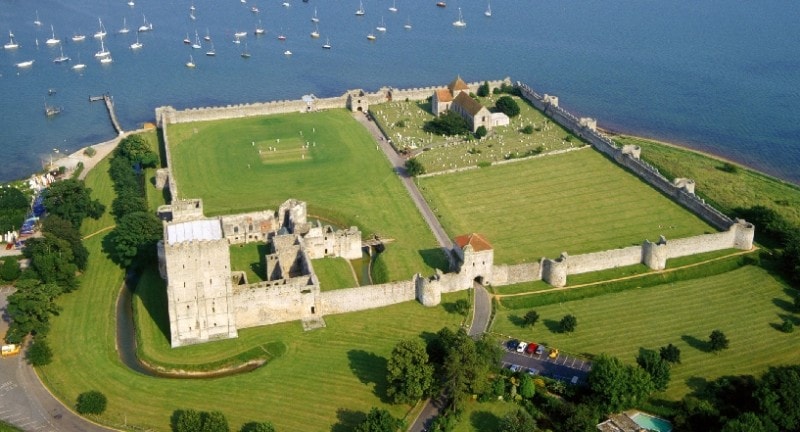
Explore the dungeons?
There’s a Norman castle within a Roman fort at Portchester Castle. Built to defend ships in Portsmouth Harbour, the fort sits right on the seashore, and you can walk all around the Roman walls, and run around and picnic in the 10-acre grounds for free. There’s a charge to enter the castle keep, which has a seawater moat and drawbridge. Bigger kids will enjoy the strenuous climb up a steep spiral staircase to the top of the keep, from where there are great views across the harbour.
Picture by English Heritage
8/10 Dover Castle

Drama of Dunkirk
There’s nine centuries of history at Dover Castle, but it’s the most recent that is likely to interest children. The castle’s finest hour in defending the realm in the Second World War is vividly brought to life. You can walk through the tunnels that were the nerve centre for the evacuation of Dunkirk, recreated with special effects and film footage. See a surgeon operating on an injured pilot in the underground hospital and experience the sounds and smells.
Picture by Shutterstock.com
9/10 Carisbrooke Castle
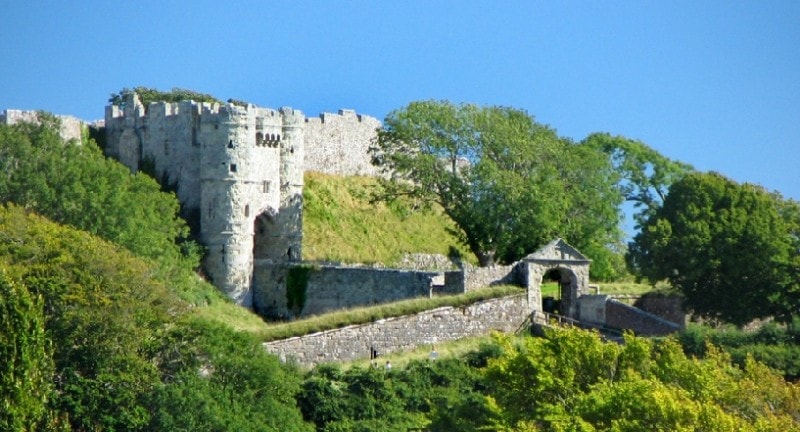
A Fairy-tale castle
There are lots of interactive displays to interest children at Carisbrooke Castle. You can ‘fire’ a cannon, dress up in period costumes and handle weaponry. But probably the highlight for the kids will be watching the donkeys operating the tread wheel to draw water from the 160ft deep castle well. There are all the ingredients of a storybook castle – battlements, ramparts, curtain walls and an imposing gatehouse – and you can climb up to the top of the keep. The café serves good quality food.
Picture by Shutterstock.com
10/10 Hurst Castle
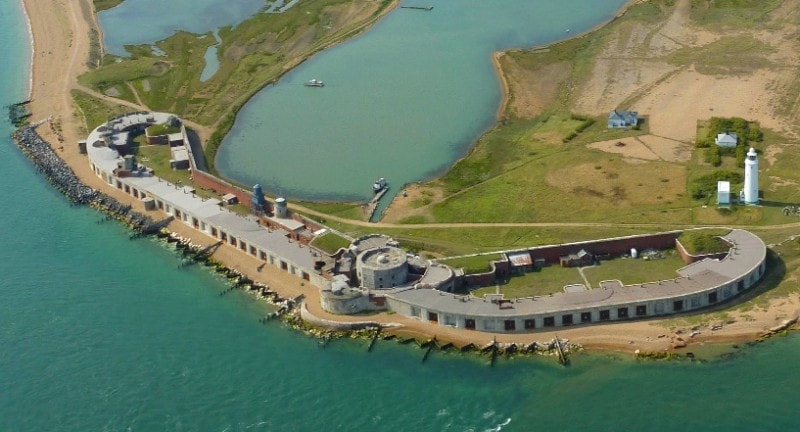
A walk in the wild
Half the fun is getting to Hurst Castle. You walk along a 1.5-mile spit, with the sea on one side and a wildlife-rich lagoon on the other. If that’s too much for little legs, or pushing a buggy, you can take a ferry from Keyhaven. There are lots of dark chambers to investigate, parts to be climbed and huge cannons to see. There’s also a working lighthouse on the spit, which guides vessels through the Solent and Needles Channel, which can be viewed from outside.
Picture by Hurst Ferries

